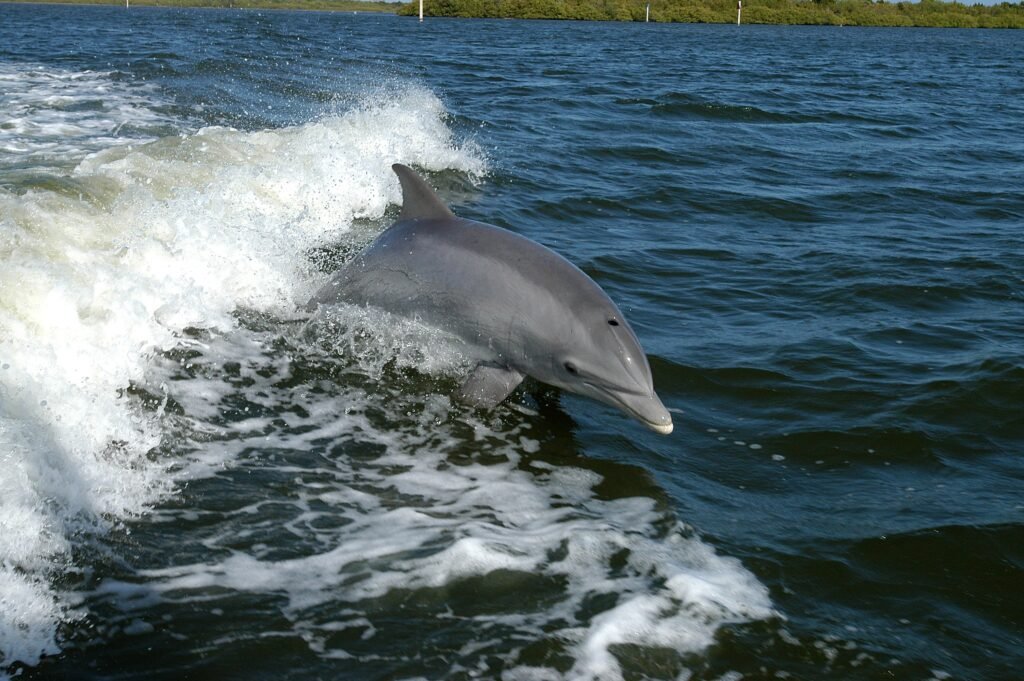Imagine swimming in the open sea, surrounded by creatures so playful, so clever, that they seem almost human. Dolphins, with their sparkling eyes and permanent smiles, have enchanted people for centuries. But behind those friendly faces hides a brainpower that’s nothing short of astonishing. Scientists are still unraveling the secrets of dolphin intelligence, and what they’re finding is shaking up everything we thought we knew about animal minds — and even how we think about ourselves.
Understanding the Dolphin Brain
Dolphins have large and complex brains, rivaling those of primates in many ways. The neocortex, the part responsible for higher-order thinking, is especially developed in dolphins. Scientists often measure intelligence with something called the “encephalization quotient,” or EQ, which compares brain size to body size. Dolphins consistently score just behind humans. This suggests a capacity for advanced thought and emotion. The folds and grooves in their brains are deep and intricate, hinting at sophisticated processing power. In fact, researchers have found that the dolphin brain evolved its own unique architecture, separate from primates, but with surprisingly similar results. The question isn’t just whether dolphins are smart — it’s how their kind of intelligence might differ from our own.
The Mystery of Dolphin Communication
Dolphins are the chatterboxes of the sea. They whistle, click, and even slap their tails to communicate, creating a symphony beneath the waves. Each dolphin has a unique signature whistle, almost like a name, which it uses to identify itself to the group. Scientists have recorded dolphins mimicking each other’s whistles — a clear sign of learning and memory. There’s even evidence they can understand complex commands and respond to gestures or symbols. Some researchers believe dolphins might have a language of their own, filled with nuances we’ve only begun to decode. The idea that dolphins talk to each other about the world around them is both thrilling and humbling.
Social Complexity and Dolphin Societies
Dolphin societies are intricate, sometimes even rivaling those of elephants or great apes. Groups called pods can range from a handful of individuals to hundreds, depending on the species and the season. Within these pods, dolphins form alliances, friendships, and even rivalries. Some males team up in pairs or trios to court females, showing a cunning grasp of social cooperation. Researchers have seen dolphins help injured friends, share food, and even console each other after fights. The social bonds among dolphins are deep and lasting, sometimes persisting for decades. This complexity reveals a level of social intelligence that’s rare in the animal world.
Playfulness as a Sign of Intelligence
If you’ve ever watched dolphins leap from the waves or surf alongside boats, you know they love to play. But play isn’t just about fun — it’s a sign of intelligence. Dolphins have been seen playing with seaweed, tossing it back and forth like a ball. They even invent their own games, like blowing bubble rings and then swimming through them. This kind of playful behavior isn’t common in animals, especially not to the degree seen in dolphins. Scientists believe that play helps dolphins learn about their environment and each other, practicing skills they’ll need as adults. It’s a window into the curious, creative minds beneath those smooth gray skins.
Tool Use and Problem Solving
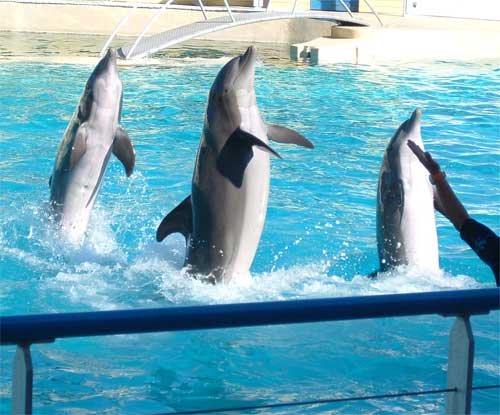
Dolphins don’t just use their brains to play — they’re also clever problem-solvers. In some parts of the world, dolphins use marine sponges to protect their sensitive snouts while hunting for fish among sharp rocks. This is a clear case of tool use, once thought to be the domain of only the smartest animals. Scientists have watched dolphins solve puzzles, figure out how to get food from tricky containers, and even cooperate to herd fish into tight groups for an easy catch. Their ability to invent solutions on the fly shows just how flexible and adaptable their intelligence can be.
Self-Awareness and the Mirror Test
Can a dolphin recognize itself in a mirror? Scientists have tested this by marking dolphins with a spot of paint, then watching to see if they examine the mark in a mirror. The answer, time and again, is yes. Dolphins twist and turn in front of the glass, clearly curious about the new mark on their bodies. This ability, called self-recognition, is rare in the animal kingdom. Only a handful of species — including humans, elephants, and great apes — have passed the mirror test. It suggests that dolphins have a sense of self, a kind of inner awareness that’s a hallmark of advanced intelligence.
Learning and Cultural Transmission
Dolphins are fast learners, picking up new behaviors by watching others. But what’s even more surprising is that dolphins pass on these learned skills to their young, creating a kind of culture. In Shark Bay, Australia, mother dolphins teach their calves to use sponges as tools. In other places, dolphins have learned to tail-walk — a trick invented in captivity but now spotted in the wild. This sharing of knowledge isn’t just imitation; it’s culture in action, passed from one generation to the next. It’s a reminder that intelligence isn’t just about individual smarts, but about the wisdom of the group.
Cooperation and Teamwork
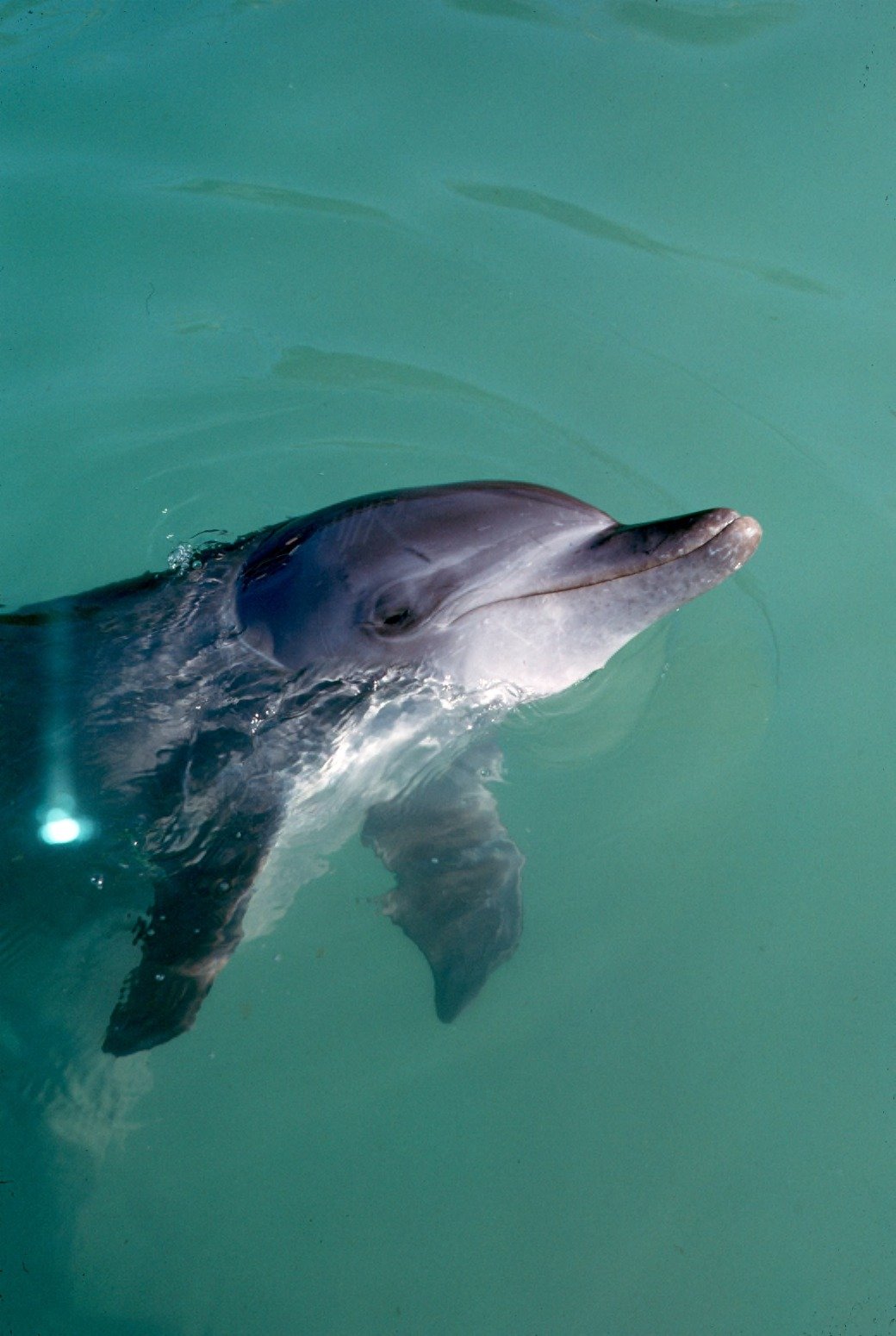
Dolphins are masters of teamwork. When hunting, they often work together to herd fish into tight balls, taking turns darting in for a meal. Some pods even coordinate their movements with military precision, circling prey and communicating with a flurry of clicks and whistles. In Sarasota Bay, Florida, researchers have watched dolphins “strand feed,” where they drive fish onto mudflats and then slide onto the shore to eat. This kind of cooperation takes planning, communication, and trust. It’s the marine equivalent of a well-rehearsed dance, and it reveals just how deeply dolphins depend on each other.
Empathy and Emotional Intelligence
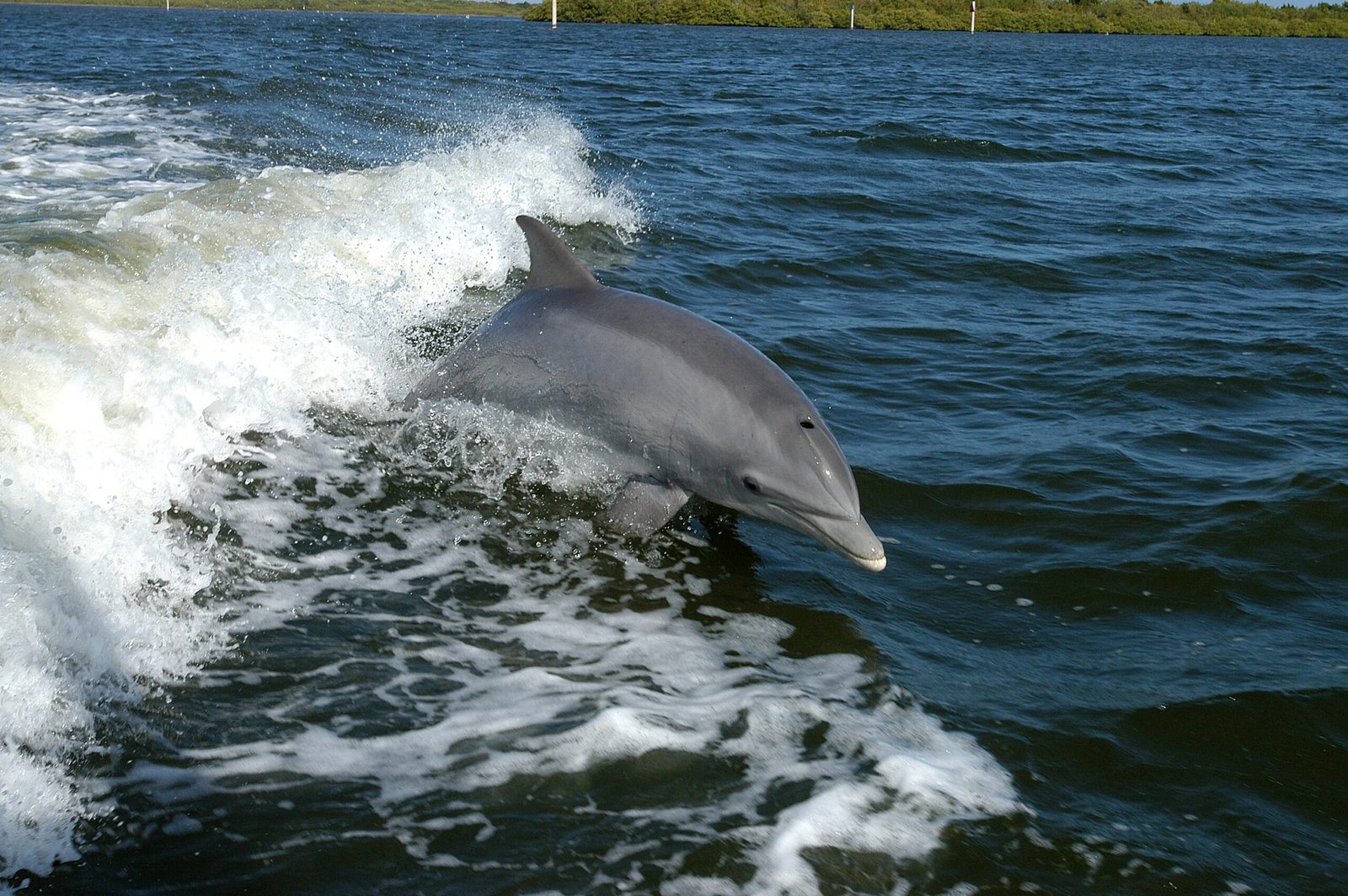
Perhaps the most touching stories about dolphins are those that reveal their capacity for empathy. Dolphins have been seen supporting sick or injured companions, nudging them to the surface so they can breathe. There are accounts of dolphins rescuing humans in distress, guiding them to safety or fending off sharks. Scientists believe that dolphins, like humans, experience a range of emotions — from joy to grief. When a calf dies, mothers have been seen carrying the body for days, refusing to let go. These moments remind us that intelligence isn’t just about solving puzzles, but about feeling deeply and caring for others.
Imitation and Mimicry
Dolphins are natural mimics, able to copy the behaviors and sounds of others. Researchers have taught dolphins to mimic computer-generated sounds, whistles, and even some human gestures. In the wild, dolphins imitate each other’s jumps, spins, and tail slaps, often as a form of social bonding. This knack for imitation is a sign of advanced cognitive abilities, showing that dolphins can observe, remember, and reproduce complex actions. It’s also a way for knowledge to spread quickly through a pod, as one dolphin’s discovery becomes everyone’s new trick.
Complex Play and Creativity
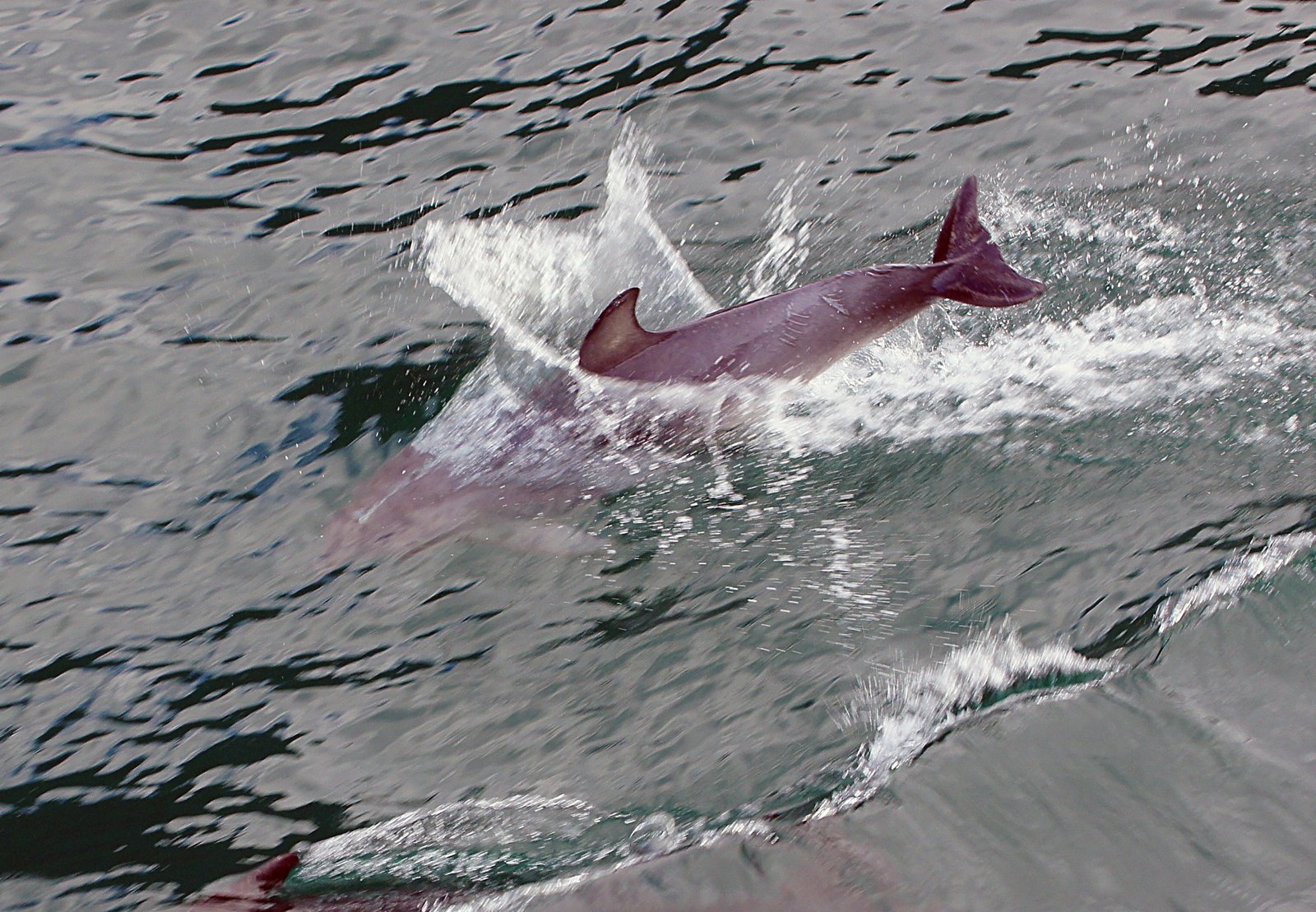
Play in dolphins goes far beyond simple games. They invent new forms of play, like passing jellyfish between each other or surfing waves for pure enjoyment. Some dolphins have been observed creating “bubble rings” and then manipulating them with their snouts and fins, almost like underwater artists. This kind of creativity is rare in the animal world. It shows that dolphins are not just following instincts, but actively experimenting and finding joy in novelty. It’s a trait that puts them in the company of only the most intelligent creatures on Earth.
Vocal Learning and Signature Whistles
The sounds dolphins make aren’t random. Each dolphin develops its own “signature whistle” — a unique sound that acts like a personal name. Dolphins recognize these whistles and respond to them, even when played back years later. This ability to create, remember, and use individual names is remarkable. It suggests a level of vocal learning and memory usually only seen in humans and a few bird species. Scientists are still exploring just how complex dolphin communication might be. The more we learn, the more it seems like there’s an entire language waiting to be decoded.
Dolphin Intelligence Compared to Other Animals
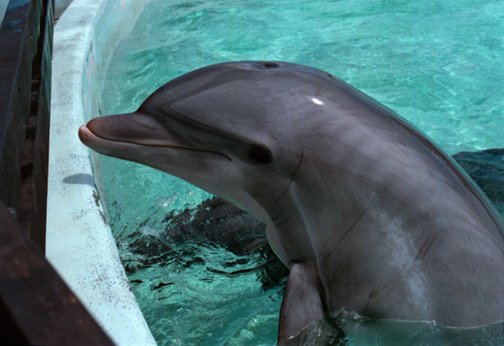
How do dolphins stack up against other smart animals? In many ways, they’re in a league of their own. While chimpanzees and elephants show impressive memory and social skills, dolphins combine these traits with unparalleled communication and creativity. Their brains, though shaped differently from ours, arrive at similar solutions to life’s challenges. Unlike most animals, dolphins seem to have both the hardware and the software for complex thought. This makes them a fascinating case study for scientists trying to understand the roots of intelligence itself.
Human-Dolphin Collaboration
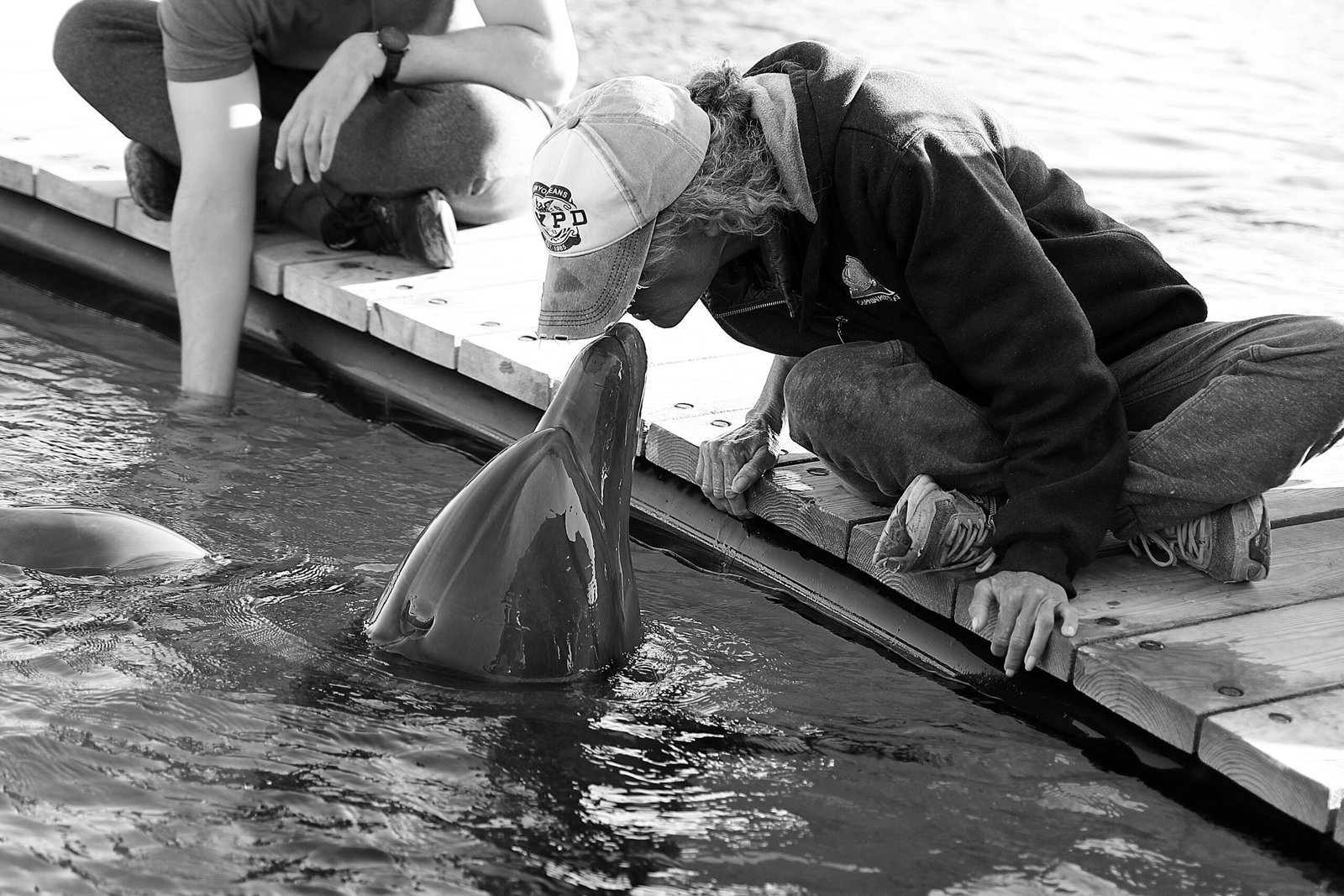
For centuries, humans and dolphins have formed unique partnerships. Fishermen in Brazil work with wild dolphins to herd fish into nets, signaling each other with whistles and splashes. In military programs, dolphins have been trained to locate underwater mines and rescue lost divers. These collaborations rely on the dolphins’ ability to learn, communicate, and cooperate with people. The bond between human and dolphin is built on mutual respect and understanding. It’s a testament to the power of cross-species friendship — and a reminder of what’s possible when different minds work together.
The Ethics of Dolphin Intelligence
Understanding dolphin intelligence forces us to ask tough questions about how we treat these animals. Dolphins in captivity often show signs of stress, boredom, and even depression. Some scientists argue that keeping such intelligent creatures in tanks is simply wrong. Laws in some countries now recognize dolphins as “non-human persons,” deserving of special protections. The more we learn about their minds, the harder it becomes to justify practices that cause them harm. The ethical debate isn’t just about dolphins — it’s about how we value all sentient life.
Dolphins in Myth, Culture, and Conservation
Dolphins have always held a special place in human culture, from ancient myths to modern movies. They’re symbols of freedom, playfulness, and wisdom. In some cultures, dolphins are seen as protectors or even messengers from the gods. Today, this fascination drives conservation efforts around the world. Yet dolphins face threats from pollution, fishing nets, and climate change. Understanding their intelligence makes their plight even more urgent. Saving dolphins isn’t just about preserving a species — it’s about protecting a mind unlike any other on Earth.
The Future of Dolphin Research
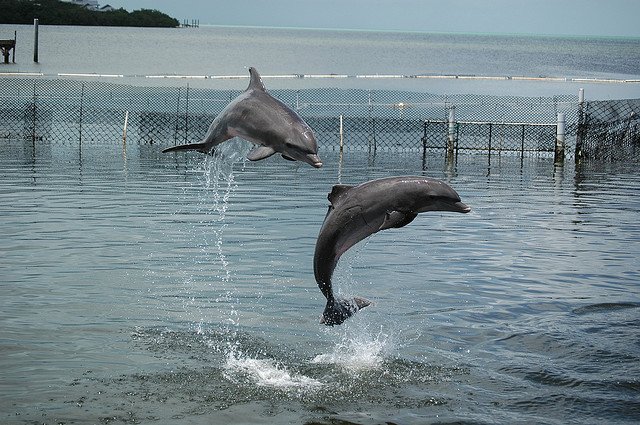
The field of dolphin research is more exciting than ever. New technologies, like underwater microphones and drones, are giving scientists unprecedented access to dolphin lives. Researchers are decoding dolphin sounds, tracking social networks, and even exploring the possibility of direct human-dolphin communication. Every discovery brings new surprises and challenges old assumptions. The future holds endless questions: How much do dolphins really understand? What can they teach us about our own minds? The journey has just begun.
Why Dolphin Intelligence Matters to Us
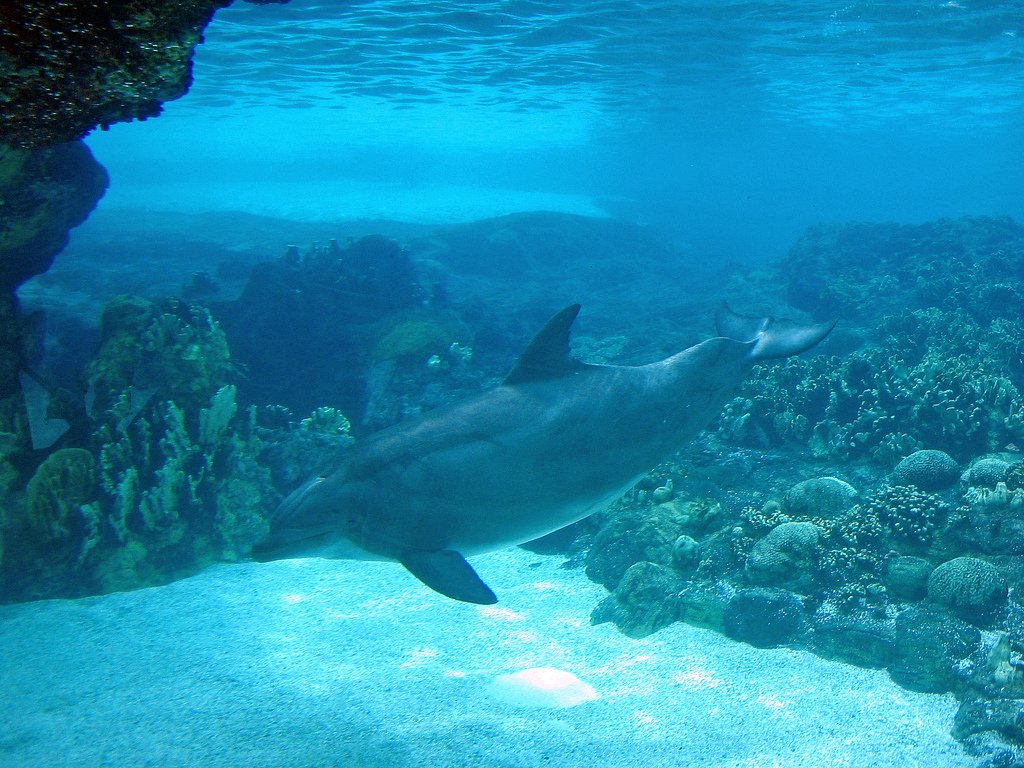
Why should we care about dolphin intelligence? Because their story is, in many ways, our own. Dolphins remind us that we are not alone in our ability to think, feel, and dream. Their intelligence challenges us to look beyond ourselves and see the world through different eyes. Every leap, every whistle, every playful splash is a call to wonder — and a call to action. If we can recognize the brilliance in dolphins, what else might we discover about the minds that share our planet?

